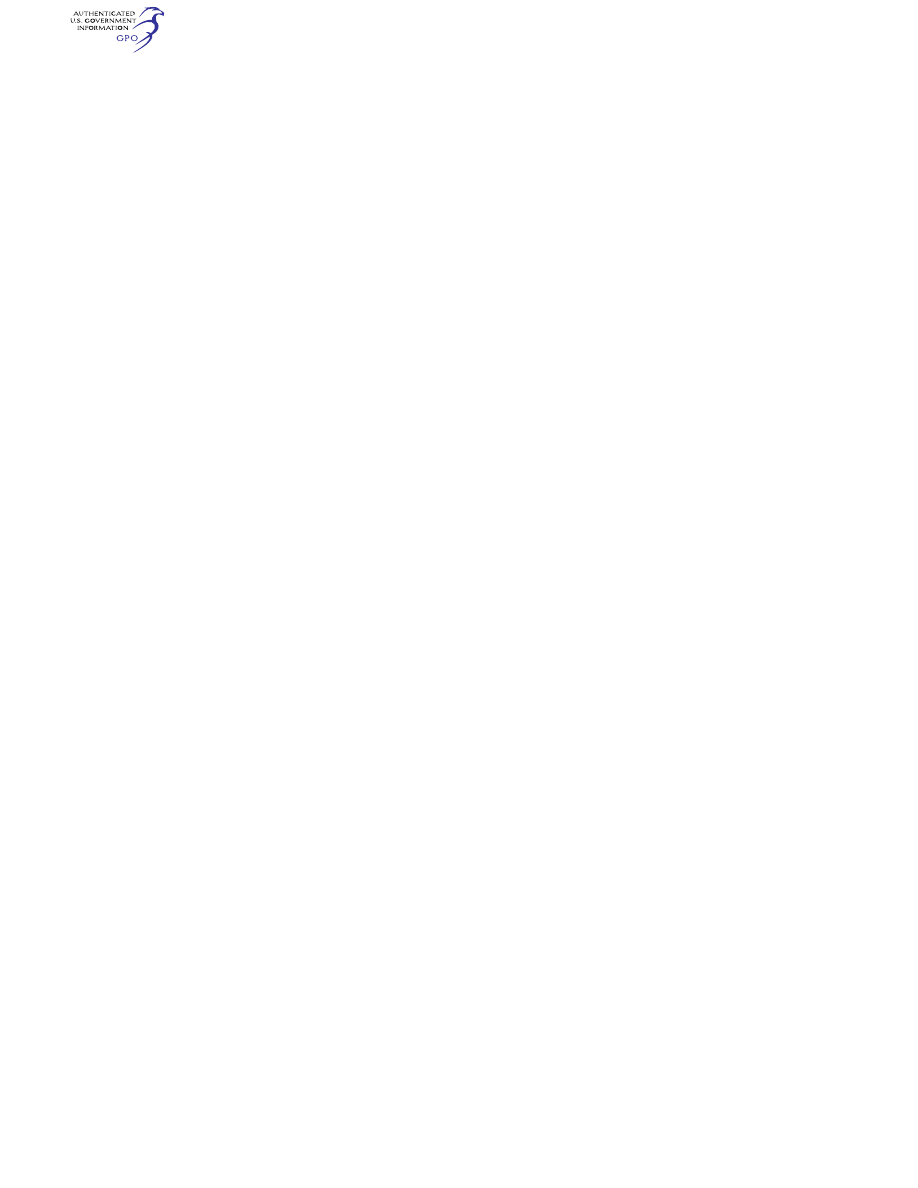
509
Federal Aviation Administration, DOT
§ 27.573
paragraph (b)(1) of this section. In addi-
tion, each float must be designed for
combined vertical and drag loads using
a relative limit speed of 20 knots be-
tween the rotorcraft and the water.
The vertical load may not be less than
the highest likely buoyancy load deter-
mined under paragraph (b)(1) of this
section.
[Amdt. 27–26, 55 FR 8000, Mar. 6, 1990]
F
ATIGUE
E
VALUATION
§ 27.571
Fatigue evaluation of flight
structure.
(a)
General. Each portion of the flight
structure (the flight structure includes
rotors, rotor drive systems between the
engines and the rotor hubs, controls,
fuselage, landing gear, and their re-
lated primary attachments), the failure
of which could be catastrophic, must be
identified and must be evaluated under
paragraph (b), (c), (d), or (e) of this sec-
tion. The following apply to each fa-
tigue evaluation:
(1) The procedure for the evaluation
must be approved.
(2) The locations of probable failure
must be determined.
(3) Inflight measurement must be in-
cluded in determining the following:
(i) Loads or stresses in all critical
conditions throughout the range of
limitations in § 27.309, except that ma-
neuvering load factors need not exceed
the maximum values expected in oper-
ation.
(ii) The effect of altitude upon these
loads or stresses.
(4) The loading spectra must be as se-
vere as those expected in operation in-
cluding, but not limited to, external
cargo operations, if applicable, and
ground-air-ground cycles. The loading
spectra must be based on loads or
stresses determined under paragraph
(a)(3) of this section.
(b)
Fatigue tolerance evaluation. It
must be shown that the fatigue toler-
ance of the structure ensures that the
probability of catastrophic fatigue fail-
ure is extremely remote without estab-
lishing replacement times, inspection
intervals or other procedures under
section A27.4 of appendix A.
(c)
Replacement time evaluation. it
must be shown that the probability of
catastrophic fatigue failure is ex-
tremely remote within a replacement
time furnished under section A27.4 of
appendix A.
(d)
Fail-safe evaluation. The following
apply to fail-safe evaluation:
(1) It must be shown that all partial
failures will become readily detectable
under inspection procedures furnished
under section A27.4 of appendix A.
(2) The interval between the time
when any partial failure becomes read-
ily detectable under paragraph (d)(1) of
this section, and the time when any
such failure is expected to reduce the
remaining strength of the structure to
limit or maximum attainable loads
(whichever is less), must be deter-
mined.
(3) It must be shown that the interval
determined under paragraph (d)(2) of
this section is long enough, in relation
to the inspection intervals and related
procedures furnished under section
A27.4 of appendix A, to provide a prob-
ability of detection great enough to en-
sure that the probability of cata-
strophic failure is extremely remote.
(e)
Combination of replacement time
and failsafe evaluations. A component
may be evaluated under a combination
of paragraphs (c) and (d) of this sec-
tion. For such component it must be
shown that the probability of cata-
strophic failure is extremely remote
with an approved combination of re-
placement time, inspection intervals,
and related procedures furnished under
section A27.4 of appendix A.
(Secs. 313(a), 601, 603, 604, and 605, 72 Stat. 752,
775, and 778, (49 U.S.C. 1354(a), 1421, 1423, 1424,
and 1425; sec. 6(c), 49 U.S.C. 1655(c)))
[Amdt. 27–3, 33 FR 14106, Sept. 18, 1968, as
amended by Amdt. 27–12, 42 FR 15044, Mar. 17,
1977; Amdt. 27–18, 45 FR 60177, Sept. 11, 1980;
Amdt. 27–26, 55 FR 8000, Mar. 6, 1990]
§ 27.573
Damage Tolerance and Fa-
tigue Evaluation of Composite
Rotorcraft Structures.
(a) Each applicant must evaluate the
composite rotorcraft structure under
the damage tolerance standards of
paragraph (d) of this section unless the
applicant establishes that a damage
tolerance evaluation is impractical
within the limits of geometry,
inspectability, and good design prac-
tice. If an applicant establishes that it
VerDate Sep<11>2014
09:06 Jun 28, 2024
Jkt 262046
PO 00000
Frm 00519
Fmt 8010
Sfmt 8010
Y:\SGML\262046.XXX
262046
jspears on DSK121TN23PROD with CFR